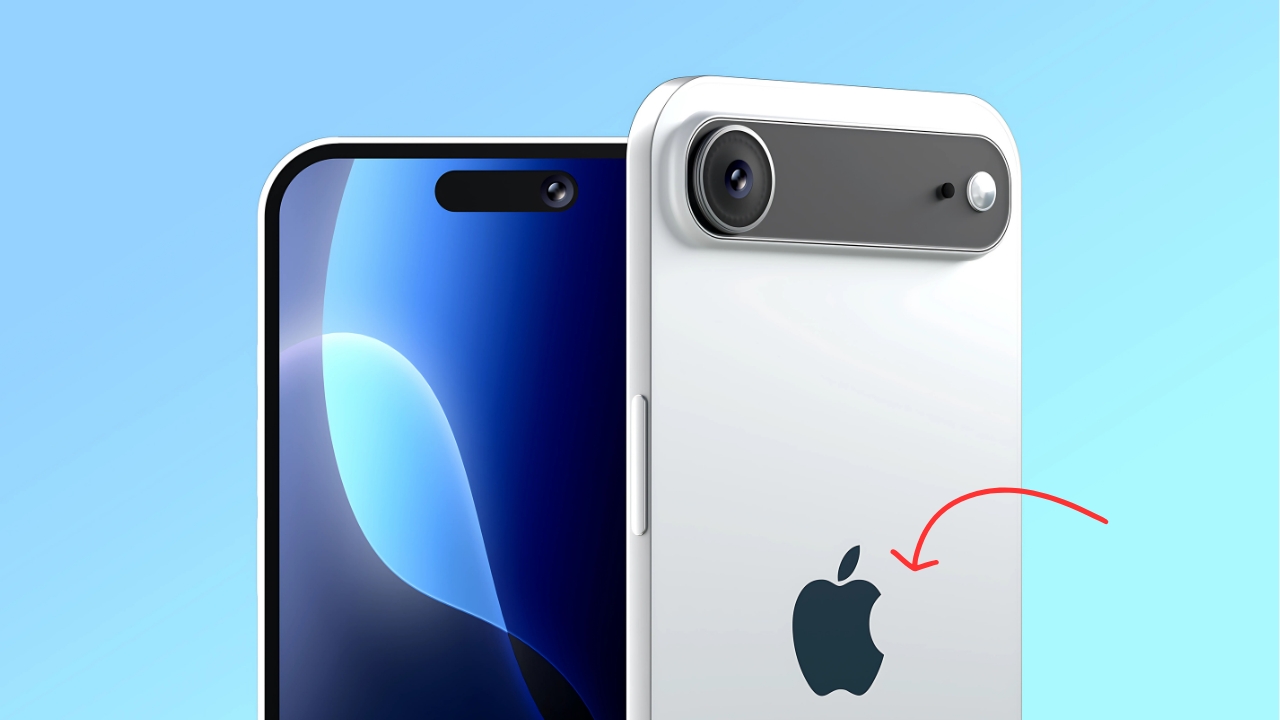Your iPhone upgrade decision just got a lot more complicated. While Apple’s iPhone 17 lineup arriving this September promises some noteworthy improvements, the truly revolutionary changes are coming in 2026 with the iPhone 18 series and Apple’s first foldable iPhone. Here’s why patience might be your best strategy right now.
The iPhone 17: Solid but Not Spectacular
Don’t get me wrong—the iPhone 17 isn’t going to disappoint anyone who upgrades. Apple’s planning four models for 2025: the standard iPhone 17, iPhone 17 Pro, iPhone 17 Pro Max, and the ultra-thin iPhone 17 Air that replaces the Plus model. These phones will bring some genuinely useful improvements to your daily experience.
For the first time, every iPhone 17 model will get ProMotion display technology with 120Hz refresh rates, which means smoother scrolling and better gaming performance across the entire lineup. That’s been a Pro-only feature until now, so it’s a welcome change for everyone.
The camera upgrades look promising too. All iPhone 17 models are expected to feature a 24MP front-facing camera, doubling the resolution of current models. The Pro models might also get a 48MP telephoto camera and potentially a variable aperture lens, giving you more control over your photography.
Where 2026 Changes Everything
But here’s where things get interesting. The iPhone 18 Pro models expected in 2026 could feature under-display Face ID technology, which would dramatically change how your phone looks and feels. Instead of the current Dynamic Island, you’d get a small hole-punch cutout for just the front camera, similar to many Android phones.
This isn’t just about aesthetics—though having more screen real estate is always nice. Under-display Face ID represents a major technological leap that Apple has been working toward for years. Multiple reliable sources now suggest this feature will debut with the iPhone 18 Pro and iPhone 18 Pro Max in September 2026.
The really exciting part? Apple’s first foldable iPhone is also expected to launch in 2026, featuring a 7.8-inch display when unfolded and a 5.5-inch outer screen when closed. Early reports suggest it could be as thin as 4.5mm when unfolded, with virtually no visible crease—a significant improvement over current foldable phones on the market.
The Technology Timing Sweet Spot
Think about it this way: you’re not just choosing between two phones, you’re choosing between two different eras of smartphone design. The iPhone 17 represents the peak of current iPhone design philosophy, while 2026’s offerings represent a fundamental shift in what an iPhone can be.
The iPhone 18 Pro models are also expected to feature Apple’s next-generation A20 Pro chip with advanced packaging technology, which could deliver substantial improvements in AI processing and overall performance. This timing aligns perfectly with Apple’s broader push into artificial intelligence features.
Camera technology is another area where 2026 looks promising. Samsung is reportedly developing a new three-layer stacked image sensor specifically for Apple’s 2026 iPhone lineup, which could dramatically improve low-light performance and reduce noise in your photos.
The Practical Considerations
Of course, waiting isn’t always practical. If your current phone is genuinely struggling to keep up with your daily needs, the iPhone 17 will absolutely serve you well. The Pro models are rumored to include 12GB of RAM, which should significantly improve multitasking and Apple Intelligence performance.
The new iPhone 17 Air is particularly intriguing for people who want something different. This ultra-thin model will slot between the regular iPhone 17 and the Pro models in terms of pricing, offering a unique form factor that we haven’t seen from Apple before.
But if your current phone is still meeting your needs reasonably well, 2026 offers compelling reasons to wait. The combination of under-display Face ID, foldable options, and next-generation camera technology represents the kind of generational leap that doesn’t come around often.
Making Your Decision
Consider your current situation honestly. Are you dealing with battery problems, storage issues, or performance slowdowns that genuinely impact your daily life? Then upgrading to the iPhone 17 makes perfect sense. These phones will likely serve you well for years to come.
However, if you’re upgrading primarily because you want the latest technology or you’re intrigued by new form factors, 2026 might be worth the wait. The foldable iPhone alone represents a completely new category of device that could change how you think about smartphone usage.
The pricing situation adds another layer to consider. Early reports suggest the foldable iPhone could start around $1,999, which is significantly more expensive than traditional iPhones. But the iPhone 18 Pro models with under-display Face ID will likely maintain more conventional pricing while offering genuinely innovative features.
iPhone 17
Apple’s 2025 iPhone 17 lineup will undoubtedly be excellent phones that build meaningfully on current designs. But 2026 appears to be shaping up as one of those rare years when Apple introduces genuinely transformative changes rather than just iterative improvements.
If you can comfortably wait another year and your current phone isn’t causing daily frustrations, the patience could pay off significantly. Between under-display Face ID, foldable designs, and next-generation camera technology, 2026 looks like it could deliver the kind of “wow factor” that makes iPhone upgrades feel genuinely exciting again.
The choice ultimately depends on your individual needs and tolerance for waiting, but the technological leap coming in 2026 suggests that this might be one of those times when patience truly pays off.
